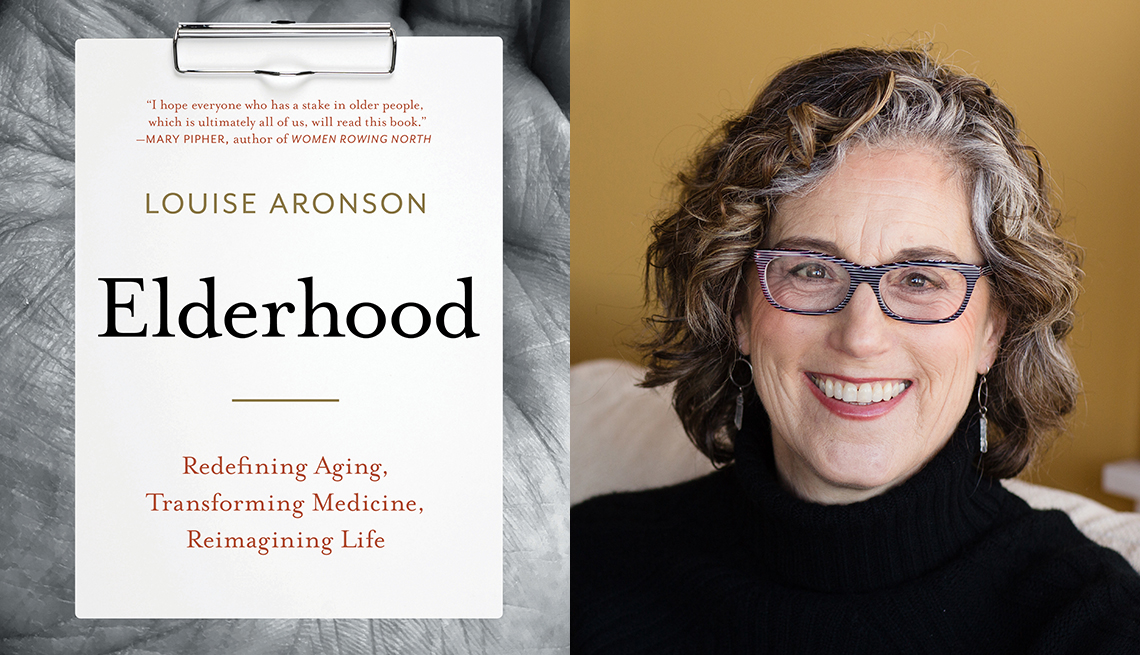Remnick laughed heartily. The audience watching the live interview cheered and clapped.
"So it's getting a little edgy with some of that,” Springsteen added, “so I thought now was the time."
When that interview took place, Springsteen was coming off a sold-out tour, playing exceptionally long sets—over three hours of continuous, highly physical singing and cavorting. Night after night, he played in cities around the world. When his book came out a month later, it topped bestseller lists, and Springsteen launched a new tour, or rather two tours: one book, one concert. By virtue of either his age or stamina, a case could be made for Springsteen as still decidedly middle-aged, but the artist himself clearly felt that whatever old was had begun for him, and he saw, or thought he could see, where it was headed. Somehow neither he nor the New Yorker editor, ten years his junior, recognized the irony of positioning Springsteen partway down a nefarious spiral when the career details they were discussing suggested not just a new high point but a remarkable addition to his artistic skill set. After decades of renown as a musician, he was now also recognized as a talented writer, a fact that introduced new options and opportunities for his future.
See more Health & Wellness offers >
A writer doesn't have to jump up and down or dance along a stage and into an adoring crowd. Then again, not all musicians do that either. Springsteen could sit at a piano, or on a chair cradling his guitar, or with just a microphone and a small spotlight, the audience's entire focus on his face, words, song. That would not be a traditional Springsteen concert, but would it be worse, or just different? Would it tarnish his legacy and shrink his audience, or expand it, showing range and adaptability? He's had ballad albums before (Tunnel of Love). The point is Springsteen has options, as many people do, though his are significantly different from most people's. A different sort of concert, perhaps playing a modified or different sort of music, is just one of Springsteen's options. He also could sit at home with a mouse and keyboard, or a pen and paper, or a voice recorder, or an assistant taking dictation, and he could write. Such transitions are often framed as devolution, but that's only the case if the frame is constructed from static expectations. Build it instead with an understanding of the human life cycle, and it looks more like evolution: a gradual process in which something develops into a different form.
If not quite three score and ten, Springsteen was certainly within the long-accepted territory of “old.” For two thousand to three thousand years, from the time of Socrates and the Athenian Empire in the west, and much earlier in the Middle East and Asia, old age has been defined as beginning around age sixty or seventy. In the United States, sixty-five became the federal demarcation line between middle and old age with the launch of the Social Security program in 1935. The group that developed the program, the President's Committee on Economic Security, chose sixty-five partly because it was consistent with data on prevailing retirement ages at the time and partly because it was the age already selected by half the existing state pension systems (the other half used seventy). Although retirement norms, longevity, and actuarial outcomes have changed since the 1930s, sixty-five has endured in many minds as either a strict divide or a marker of having entered the transition zone headed toward old.
For most people, early, middle, and advanced old age are significantly different. In our current conceptualization of old, physical degradations and lost options are its sine qua non. That's why, until those things become overwhelming, many people don't think of themselves as old, even when most younger people would swiftly and definitively put them in that category. When people arrive at the stereotypical version of old, they sometimes no longer feel like themselves, although for most of us the transition to old happens gradually over decades beginning at age twenty. The changes are both positive and negative, though we tend to focus on the latter. Those losses and diminutions are imperceptible at first, then easy to disregard, then possible to work around, and, finally, blatant.



































































